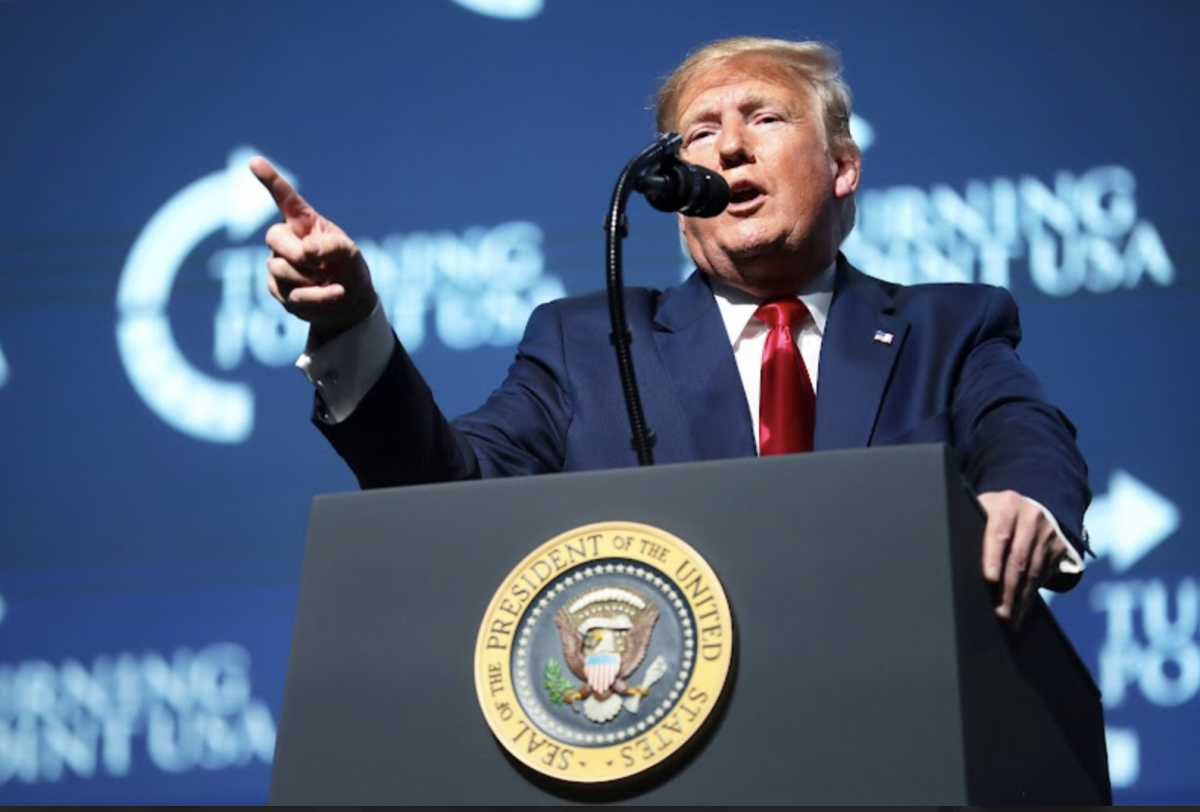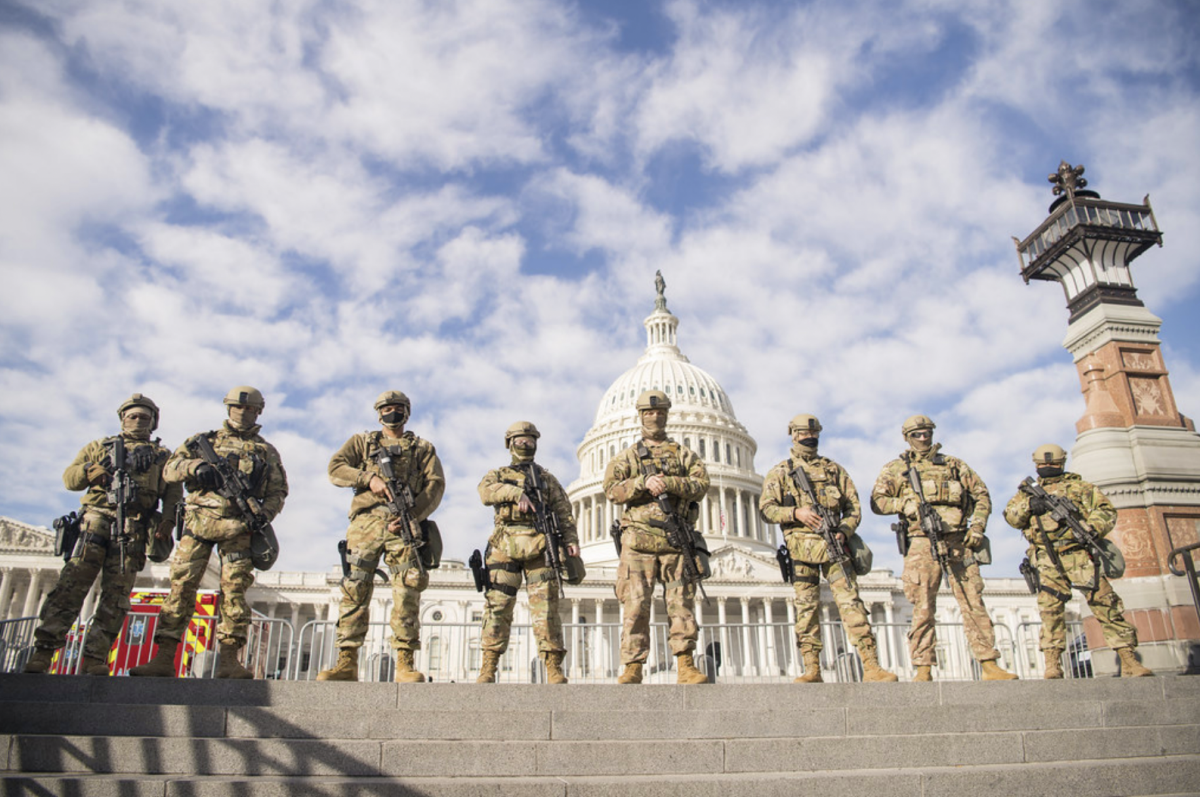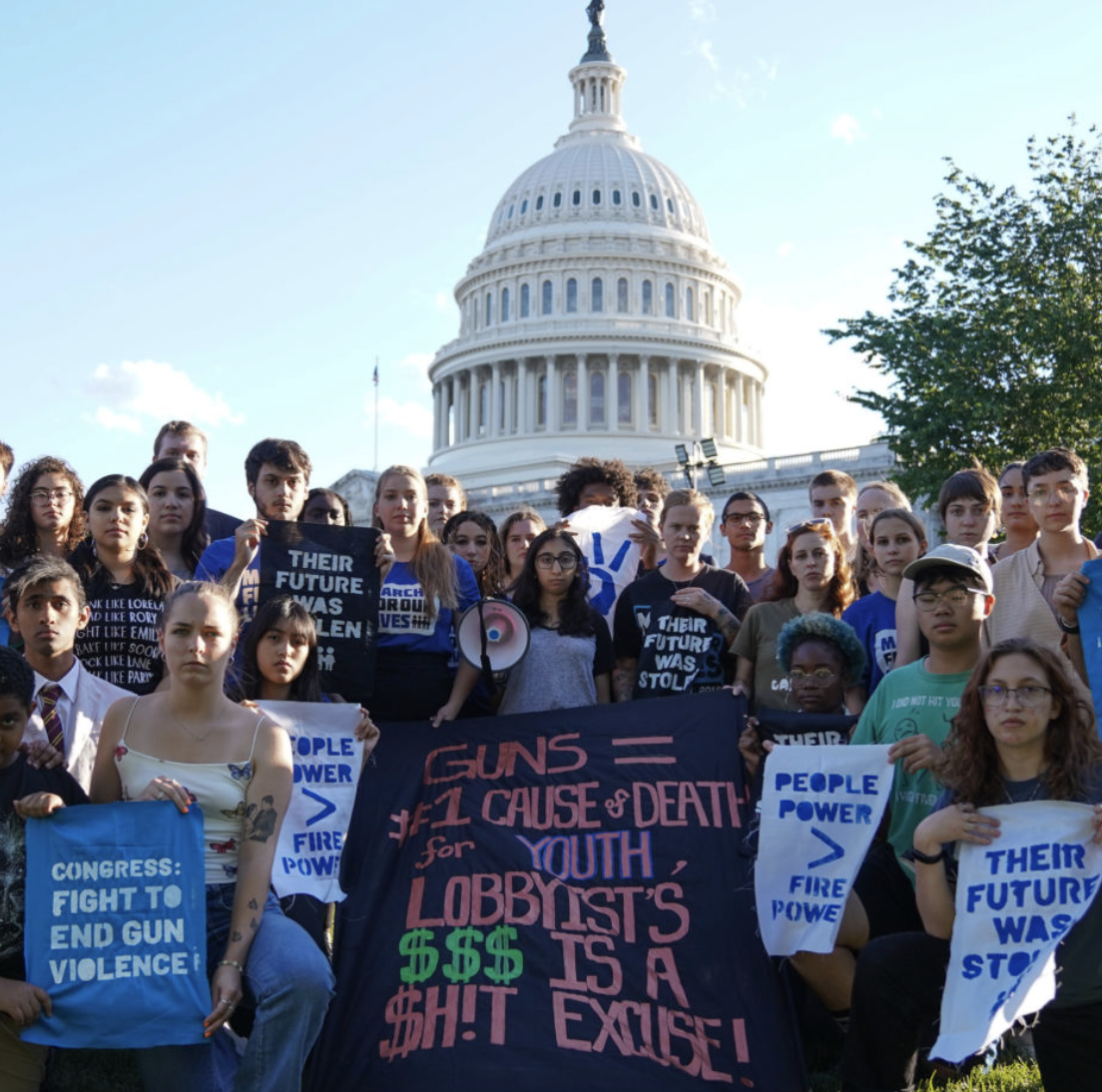On Oct. 25, 2023, a gunman in Lewiston, Maine killed 18 people and injured 13 others in the 10th deadliest mass shooting since 1982, according to Statista. Due to the lack of a sufficiently rigorous federal response to the gun violence crisis that has plagued the United States in recent years, deaths as a result of gun violence have seen a substantial increase since the turn of the decade. In response to these tragedies, Congress must tighten gun regulations to protect U.S. citizens and stop the tide of gun violence that has swept the country.
It is clear that the benefit of placing stricter regulations on guns far outweighs any
drawbacks it presents. Those who favor relaxed gun laws point towards guns’ utility in the realm of self-defense. However, even when used for self-defense, guns still cause harm, as the Gun Violence Archive only recorded 1,295 incidents of defensive use of guns in 2021. Comparatively, the GVA recorded a total of 21,009 deaths (malicious, willful or accidental), an estimated 26,328 suicides and 40,603 injuries by guns in 2021. These statistics prove that, although guns are occasionally used for self-defense, they cause much more harm than help.
A past attempt to regulate firearms on a federal level, the 10-year ban on assault
weapons, is considered unsuccessful by many, even before the U.S. Supreme Court declared it unconstitutional. Opponents of stricter gun regulation cite the ban’s lack of efficacy as evidence that any further attempts to restrict access to guns would fail to lower gun violence. However, the real reason for the bill’s failure was not due to the nature of the law but instead,a mistake made by Congress. The provisions of the law only prohibited certain models of weapons with specific features Congress deemed to be dangerous, which proved useless, for only two percent of crimes were committed using the banned weapons, according to The New York Times. Additionally, the weapons the law did ban could easily be modified slightly to avoid violating the prohibition. In the future, Congress must circumvent these problems by simply changing the definition of “assault weapons” so that the provisions would apply to all weapons of interest.
Australia is a nation many consider to be leading the world in successful gun safety protocols. In 1996, following a massacre in Tasmania where 35 people were killed, Australia removed semi-automatic and pump-action firearms from civilian possession. A 2006 study from the University of Sydney shows that the subsequent 10.5 years saw a total of zero mass shootings and a clear decline in firearm homicide and suicide rates, proving how establishing similar gun regulations in the U.S.would be effective.
The issue, however, lies with Supreme Court precedent, as the Supreme Court has a history of ruling against Congress’s attempts to regulate guns. In the 1990 case United States v. Lopez, the Supreme Court decided that it was unconstitutional for Congress to establish gun-free school zones, as it would be effectively violating commerce restriction laws. Due to this precedent, it is likely that a ban on assault weapons would be deemed an overreach of Congress’s powers and thus be struck down by the Supreme Court.
However, this should not be the case as such a ban is perfectly within Congress’s commerce powers, as Congressional Research writes that lower courts evaluated the 1994 ban under the framework laid out by the Supreme Court in United States v. Lopez, which found that such a ban would be categorized as regulation of interstate commerce.
Overall, gun violence has persisted for decades, and federal response is long overdue, so Congress must take swift action by restricting access to assault weapons and consequently saving lives.










































